Depeche Mode: Soundtrack to a Generation
Depeche Mode, an influential electronic band from the UK, shaped modern music with their synth-driven sound and introspective themes. ‘Little 15,’ released in 1988, showcases their distinct style and comes from a pivotal time in their career, highlighting their evolution during the late ’80s.
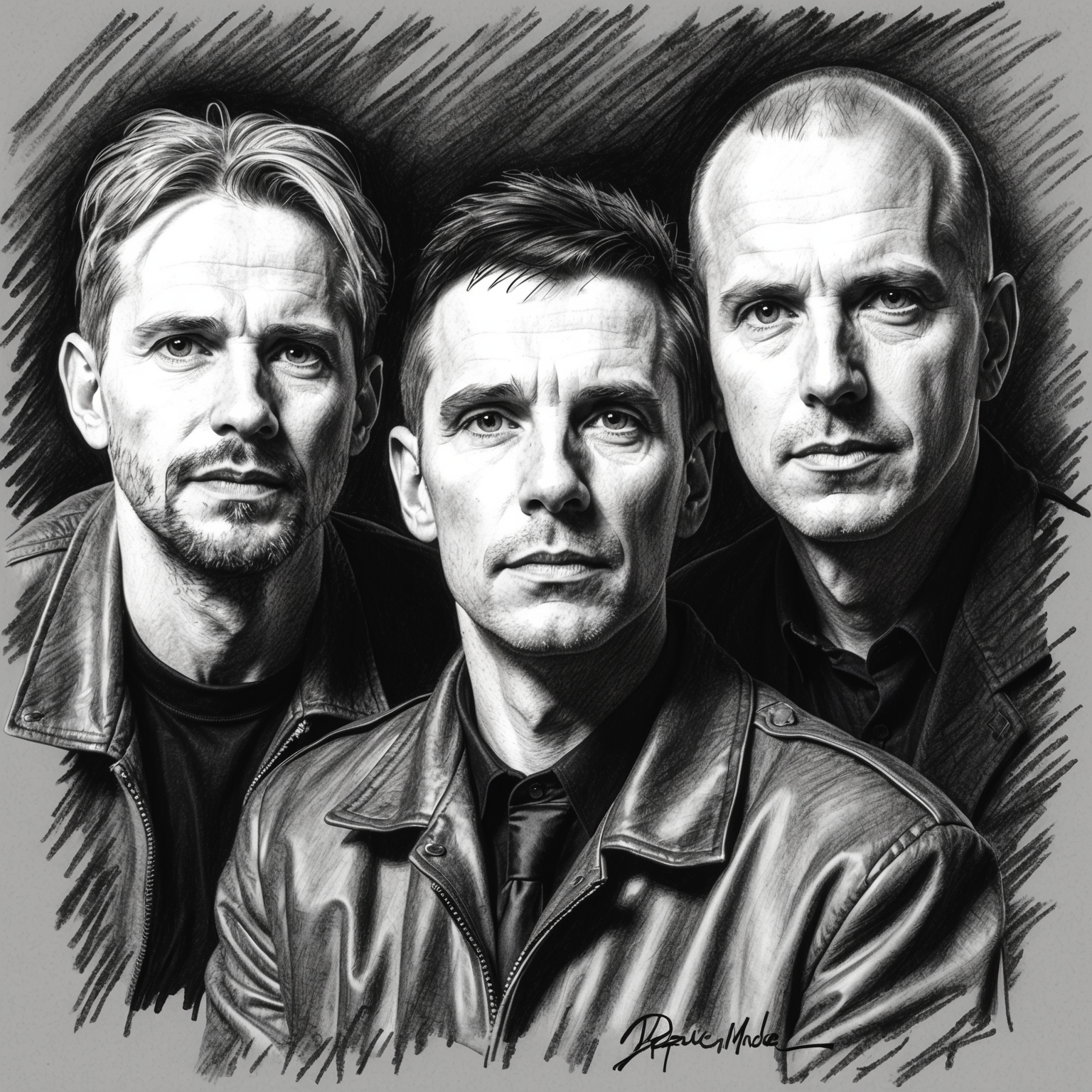
Depeche Mode, an English electronic band formed in 1980, has been a seminal force in shaping the landscape of modern music. Known for their innovative synth-driven sound and melancholic lyrics, the band has created an enduring legacy that spans multiple decades. Among their impressive catalog of songs, ‘Little 15’ stands out as a testament to their ability to convey mood and emotion through minimalistic yet deeply resonant compositions.
Originating from Basildon, Essex, Depeche Mode was catapulted into the music scene during a time of great transition. The early ’80s were characterized by a shift towards electronic music, and Depeche Mode’s early adoption of synthesizers helped not only define their sound but also influenced countless artists to follow. Key members such as Dave Gahan, Martin Gore, Andy Fletcher, and initially Vince Clarke, brought a distinctive flavor to the band’s music, blending pop sensibilities with dark, introspective themes.
The release of ‘Little 15’ in 1988 came during a particularly pivotal moment for Depeche Mode. The late ’80s were marked by the band’s exploration of darker and more mature themes, as showcased in their album ‘Music for the Masses.’ This era also saw increased collaboration and experimentation among the band members, with Martin Gore stepping into the spotlight as the primary songwriter. The song’s initial reception was reflective of the era’s evolving music scene, where audiences were increasingly drawn to complex emotional narratives within pop music, a domain where Depeche Mode thrived.
The Creative Genius Behind ‘Little 15’: Martin Gore
Explore Martin Gore’s influential role as the composer of ‘Little 15,’ where his innovative style and deep musical instincts shape this distinctive Depeche Mode track.

Martin Gore, the primary songwriter for Depeche Mode, is the mastermind behind the enigmatic track ‘Little 15.’ Born on July 23, 1961, in Basildon, Essex, Gore has been a pivotal figure in shaping not only the sound of Depeche Mode but also influencing the broader electronic music scene. Despite having no formal musical training, Gore’s innate ability to blend emotional depth with innovative soundscapes has earned him critical acclaim worldwide.
In addition to his work with Depeche Mode, Gore’s solo projects showcase his versatility and broad musical range. His musical style often draws from a diverse array of influences, including blues, rock, and classical music, which he seamlessly integrates into his synth-driven compositions. This eclectic mix creates a unique musicality that resonates in tracks like ‘Little 15.’
Gore’s role in the composition of ‘Little 15’ is integral to its haunting and introspective feel. His adept use of minor chord progressions and carefully layered synthesizer pieces evoke a sense of melancholy and introspection, perfectly complementing the song’s lyrical themes. This careful crafting of sonic and emotional textures is a hallmark of Gore’s work and is part of what has made ‘Little 15’ a memorable piece in Depeche Mode’s discography.
Exploring the Legacy of ‘Little 15’: Covers and Recognition
Though ‘Little 15’ didn’t earn major awards, it inspired various covers and featured notably in media like film, showcasing its timeless appeal.

While ‘Little 15’ might not be Depeche Mode’s most commercially successful track, it has carved out its own unique niche in the world of music. Despite its relatively low profile, it has still managed to capture the attention of several artists across different genres, resulting in a variety of interesting covers. Bands and musicians are often drawn to its haunting melody and poignant lyrics, which provide ample scope for reinterpretation.
This song’s deep, introspective nature resonates with listeners and has led to it being covered by artists such as Katja von Kassel, known for her cabaret-style rendition. Each cover brings a new layer of dimension and creativity to the song while still paying homage to the original. These reinterpretations have not only kept the song alive among new audiences but have also demonstrated its timeless appeal and artistic versatility.
Although ‘Little 15’ flew under the radar in terms of mainstream awards, it has nonetheless earned a respectable place in the cultural canon. Its subtle impact is evident in its inclusion in mediums beyond music. For example, the song was prominently featured in the soundtrack for the 1999 film, ‘The Private Life of Sherlock Holmes’. Cult classics like these elevate the song’s standing and reinforce Depeche Mode’s aptitude for crafting enduring music that continues to find relevance across different contexts.
Chart Dynamics and Market Reach
Explore the journey of Depeche Mode’s ‘Little 15’ in the charts, its regional successes, its impact on the band’s trajectory, and the critical reception that enriched its legacy.
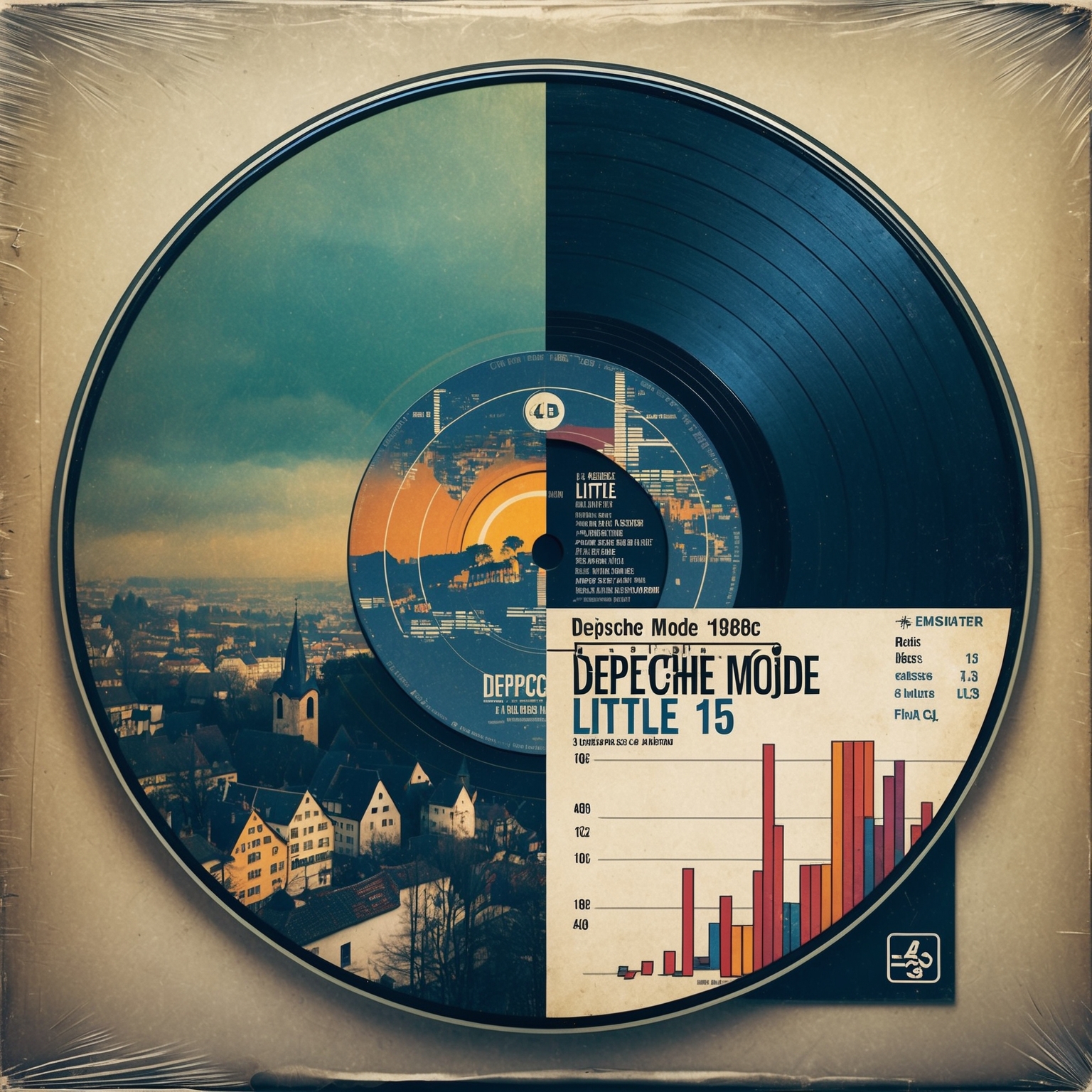
The journey of Depeche Mode’s ‘Little 15’ through the music charts reveals an intriguing chapter in their illustrious career. Released on May 16, 1988, the song was not initially launched as a single in the UK, which undoubtedly affected its chart performance there. However, ‘Little 15’ found a more receptive audience in Europe, where it achieved modest success. In Germany, it reached number 16 on the charts, displaying a stronger impact in a market where Depeche Mode traditionally enjoyed significant popularity. France, too, embraced the song, allowing it to climb to number 21, demonstrating the band’s consistent appeal across different European territories.
This track marked a departure from the more electronically upbeat sounds that defined the band’s previous hits, contributing to its mixed reception. While not a mainstream chart-topper compared to tracks like ‘Strangelove’ or ‘Never Let Me Down Again,’ ‘Little 15’ played a pivotal role in showcasing the band’s versatility. It signified Depeche Mode’s ability to delve into deeper, more melancholic themes, paving the way for more experimental approaches in their subsequent albums.
Despite its lower chart positions relative to the band’s other hits, ‘Little 15’ gained a cult following among Depeche Mode enthusiasts. Critics praised its haunting melody and evocative lyrics, which added a layer of depth to the band’s discography. Its inclusion in their memorable live performances kept it alive in the fan community, further cementing its place in Depeche Mode’s legacy. Moreover, its lack of conventional marketing or promotional endeavors underscored its role as an album track that resonated on its artistic merits, rather than through commercial backing.
A Visual Journey through ‘Little 15’: Exploring Video Interpretations
Discover the creative world of fan-made videos and live performances for Depeche Mode’s ‘Little 15’, exploring themes, emotions, and visual storytelling.
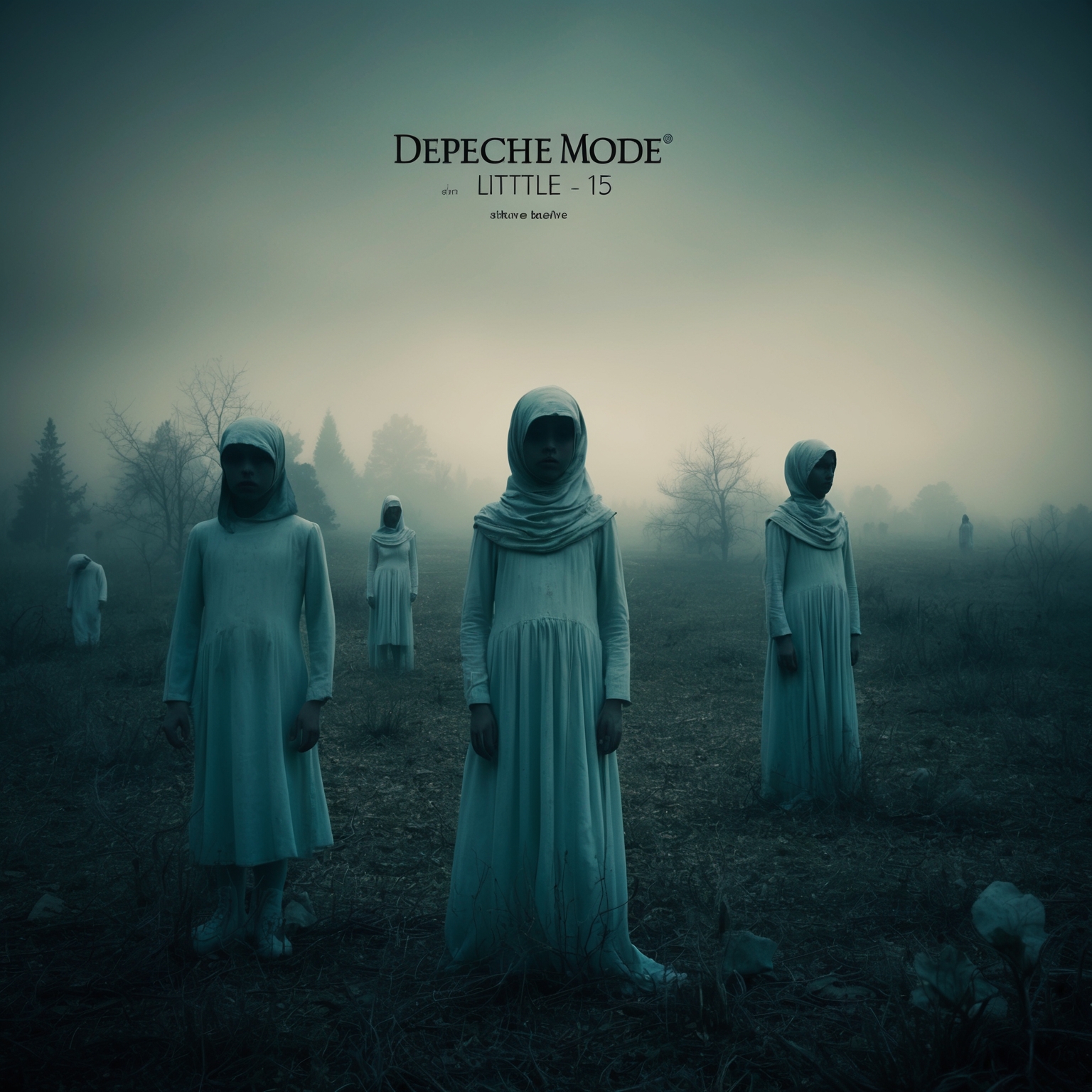
The official music video for ‘Little 15’ by Depeche Mode does not exist as it was not released as a single in the UK, though it was released in other parts of Europe. However, fans of the song have created various unofficial music videos and video interpretations over the years, adding new layers of meaning and visual storytelling to this haunting track. These fan-made videos often utilize a blend of existing footage and creative editing techniques to capture the emotional essence of the song, bringing the haunting lyrics to life and offering a more personal connection for viewers.
One prominent approach among these videos is to construct a narrative that embodies the song’s themes of innocence and longing, often using footage of children juxtaposed with somber, dreamlike landscapes. Some creators take inspiration from the song’s melancholic tone and pair it with images that emphasize the complexities and challenges faced during youth, setting the mood with muted colors and shadows that mirror the song’s introspective nature.
Live performance videos of ‘Little 15’ also provide a unique insight into the song’s emotive power. During concerts, Depeche Mode’s rendition of the song is often accompanied by atmospheric visuals that highlight their ability to convey deep emotions through music. These performances showcase the band’s connection with their audience, as listeners are absorbed in the poignant melodies and raw lyrical content of the song. Despite the absence of an official music video, the enduring popularity of ‘Little 15’ remains a testament to its ability to resonate with fans and inspire creative interpretations that capture its evocative spirit.
Dissecting the Musical Architecture of ‘Little 15’
Explore the intricate musical structure of Depeche Mode’s ‘Little 15,’ examining its haunting key, sophisticated instrumentation, and its place within the band’s artistic journey.
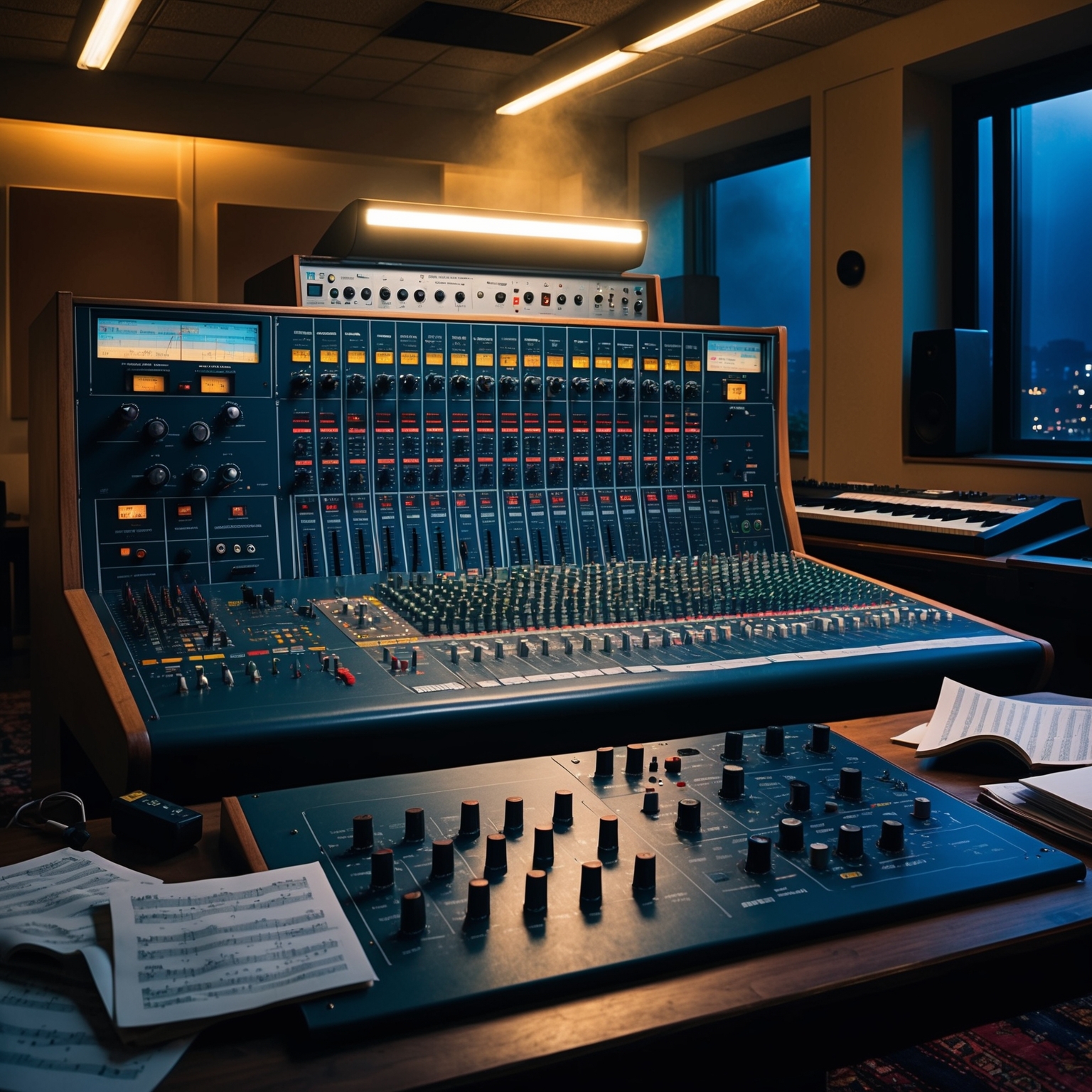
‘Little 15’ by Depeche Mode encapsulates a unique musical journey that distinguishes itself within the band’s discography. The song is primarily written in the key of D minor, a choice that inherently lends it a haunting and melancholic tone. This key decision plays a pivotal role in crafting the emotional depth that resonates throughout the piece, permeating its lyrical and melodic elements.
From a structural perspective, ‘Little 15’ adheres to a relatively straightforward verse-chorus form, yet its simplicity is made profound through its intricate chord progressions and rhythmic choices. The tempo is steady, allowing the music to breathe and the lyrical content to shine. Each verse is delicately constructed, weaving a narrative that builds on the underlying melancholy established by the minor key.
The instrumentation is quintessentially Depeche Mode, where synthesizers take center stage, layered meticulously with ambient soundscapes. The presence of acoustic elements, such as strings, adds a classical texture, enriching the harmonic landscape. The contrast between digital synths and organic strings illustrates the band’s aptitude for fusing disparate elements into a cohesive sound. Compared to earlier hits like ‘Just Can’t Get Enough,’ ‘Little 15’ marks a more introspective, mature phase in Depeche Mode’s evolution.
An interesting facet of the song’s recording process is linked to Dave Bascombe, the producer known for enhancing the band’s atmospheric appeal without overshadowing their signature sound. His contribution is evident in the clean yet textured production quality, creating a soundscape that feels both intimate and expansive. Anecdotes from the studio sessions reveal a meticulous attention to detail, further emphasizing the band’s commitment to an authentic sonic expression.
Exploring the Lyrical Depths of ‘Little 15’ by Depeche Mode
The lyrics of ‘Little 15’ dive into themes of escape and youthful longing, using vivid imagery and simple language to resonate emotionally with listeners.
You help her forget
The world outside
You’re not part of it yet
And if you could drive
You could drive her away
To a happier place
To a happier day
That exists in your mind
And in your smile
She could escape there
Just for a while
Little 15
Little 15
…
******* This Lyrics is NOT for Commercial use *******
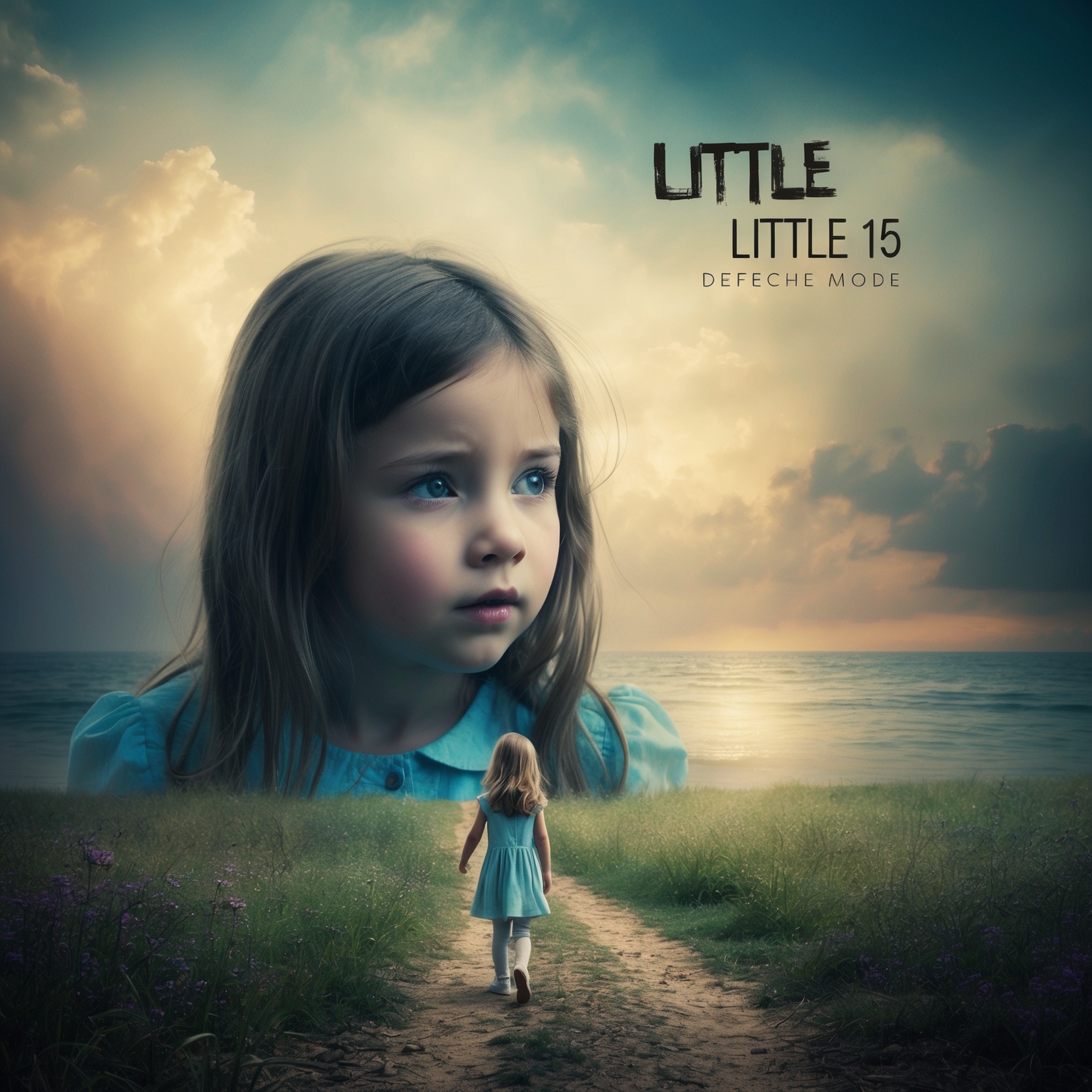
The lyrics of ‘Little 15’ by Depeche Mode offer a poignant and introspective look into themes that resonate deeply with listeners. The song revolves around the experience of a young girl, referred to as ‘Little 15’, who finds solace and escape in an imagined world. This narrative style, told from the third-person perspective, effectively paints a picture of longing and dreams unfulfilled, capturing the essence of youth and imagination.
The predominant theme in ‘Little 15’ is one of escapism. The lyrics suggest a yearning to break free from the constraints of reality and the painful truths of the world outside. The mention of driving away to a ‘happier place’ signifies the universal human desire to find happiness and peace, even if it exists only in one’s mind. This resonates personally and socially, reflecting the times of the song’s release in the late 1980s when many sought refuge from the political and economic tensions of the era.
Literary devices such as metaphors and imagery are employed beautifully in ‘Little 15’. The imagery of escape and imagination, coupled with the metaphor of driving to a ‘happier day’, underscores the song’s emotional impact. The simplicity of the language allows the listener to project their own experiences and emotions, enhancing the song’s relatability and enduring appeal.
Comparing ‘Little 15’ to other Depeche Mode works, themes of introspection, longing, and escape are common threads, yet ‘Little 15’ stands out for its somber and dreamlike quality. The song’s ability to capture a moment in time and evoke a multitude of emotions demonstrates its lyrical excellence and distinguishes it from other contemporary works.
Overall, the lyrics of ‘Little 15’ provide a rich tapestry of emotions and narratives that invite listeners to ponder their own desires for escape and happiness. Depeche Mode’s storytelling invites varied interpretations, allowing the song to maintain its relevance and power across generations.
?Did you know ‘Little 15’ by Depeche Mode was never a UK single but charted high in Germany & France? Escape to nostalgia! ???? #DepecheMode #Little15 #MusicTrivia #80sVibes tinyurl.com/4a4wu35k
Click to Tweet

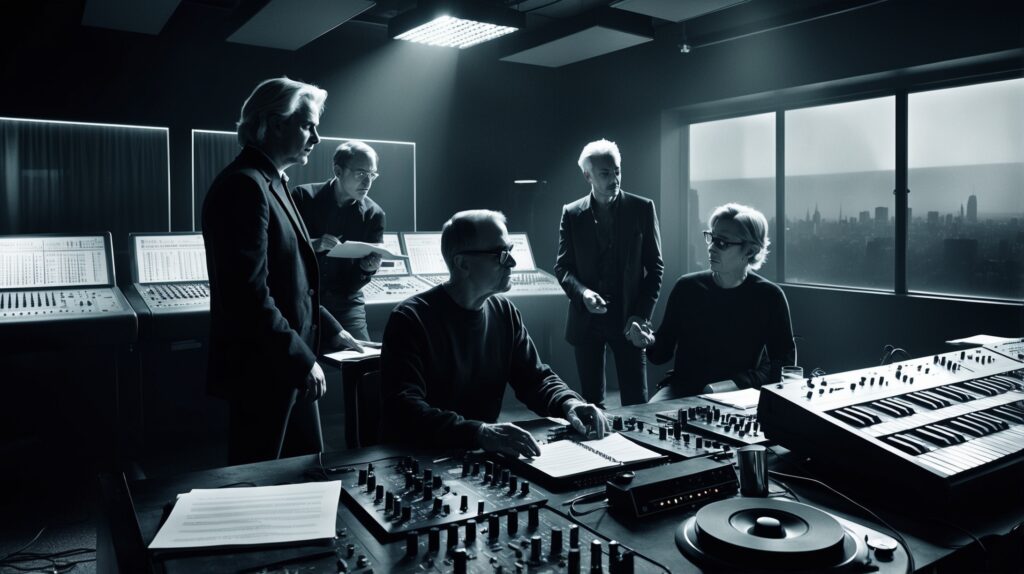
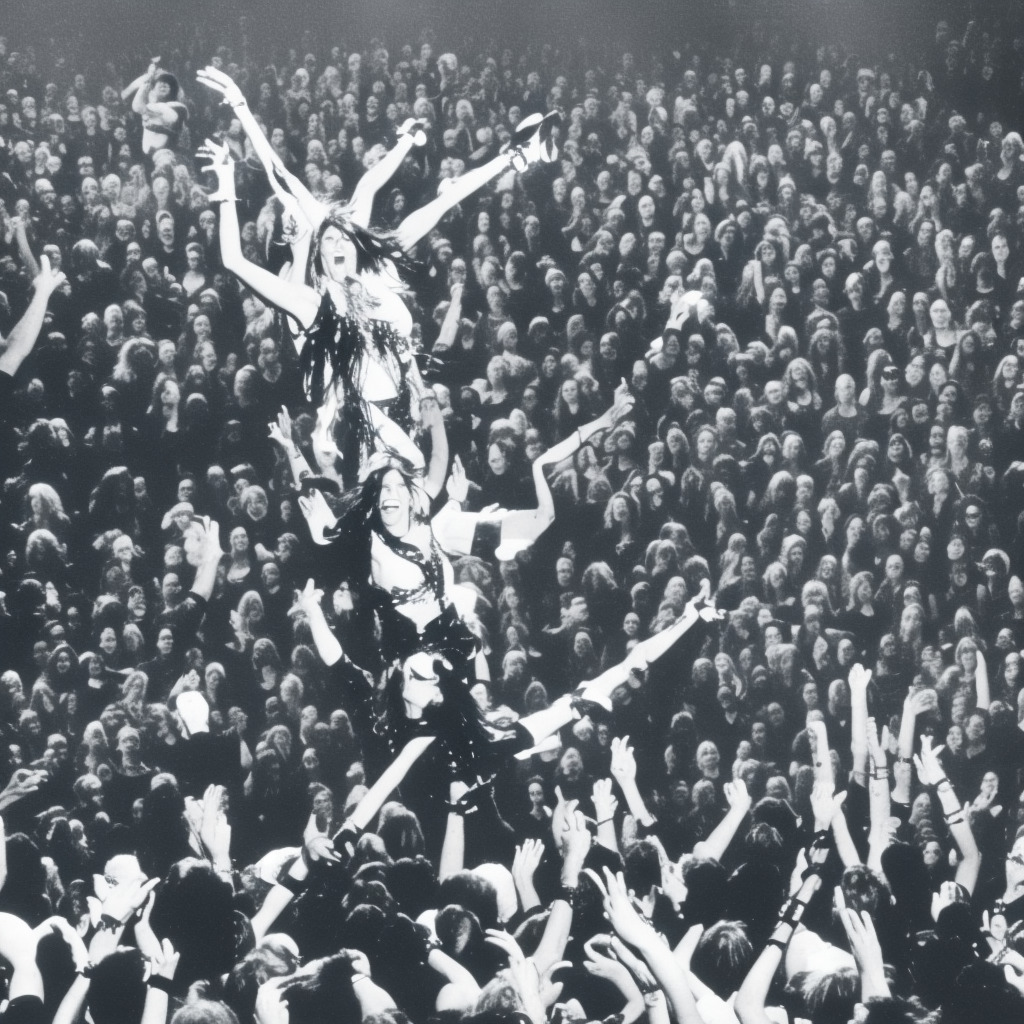
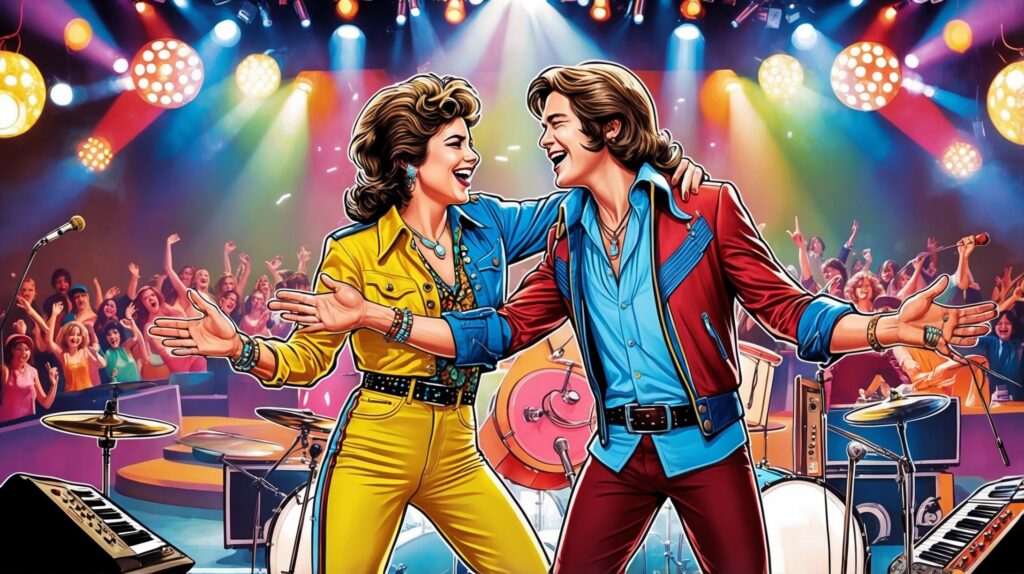

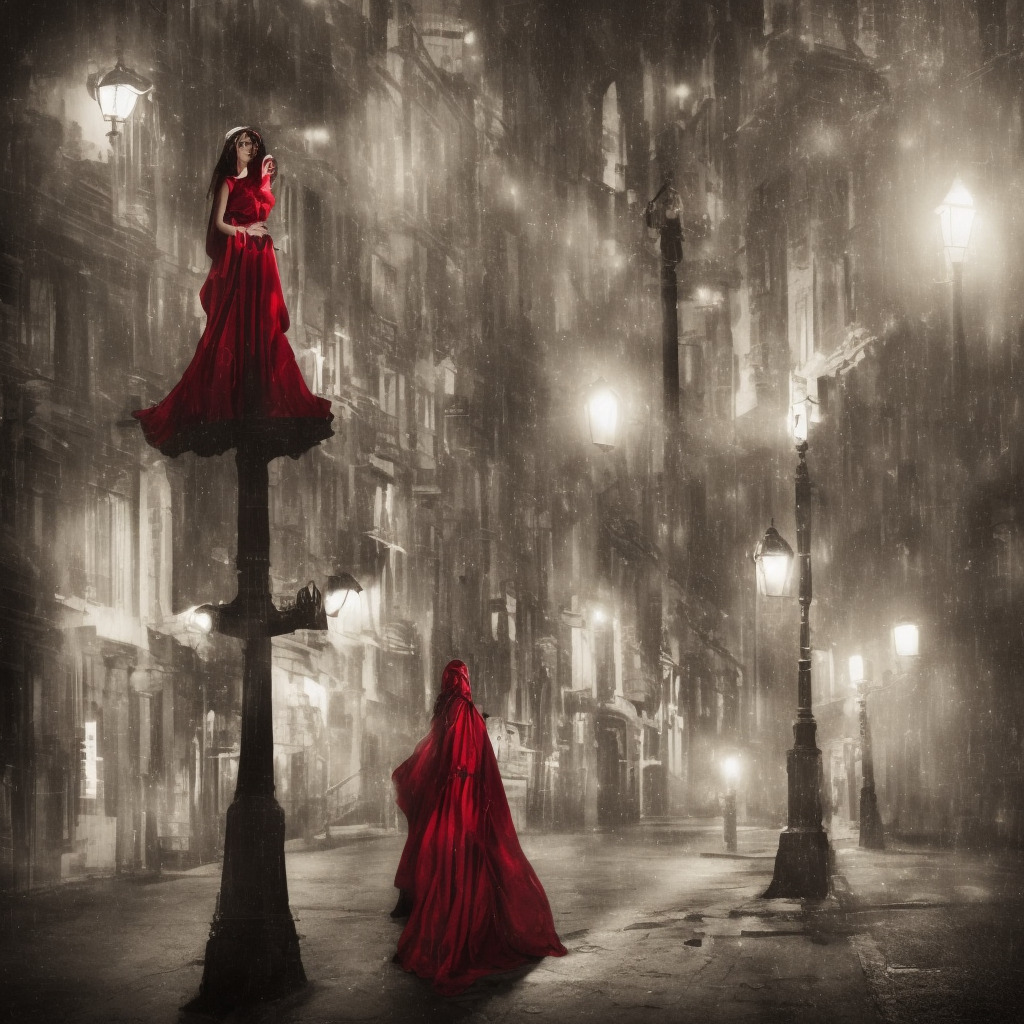


Pingback: Depeche Mode: Tracing the Iconic Journey of Music Legends